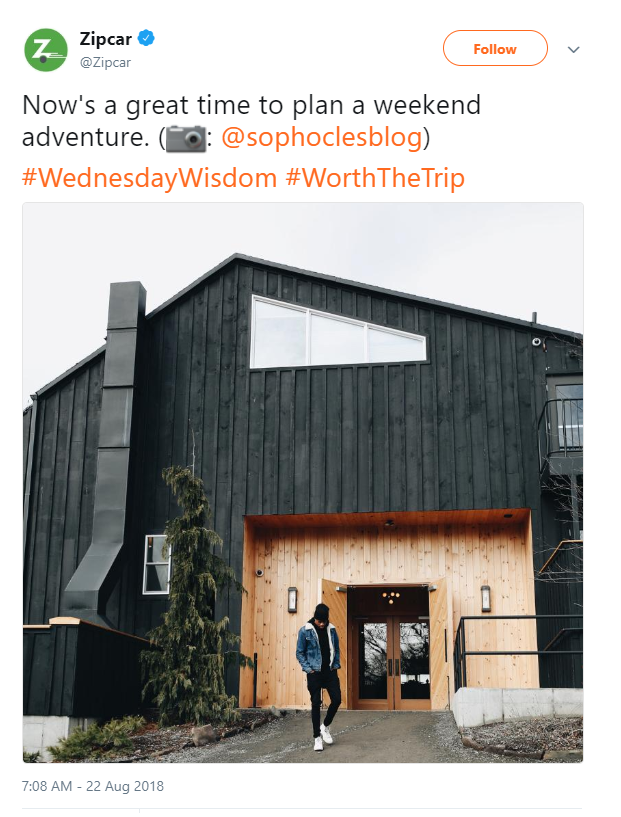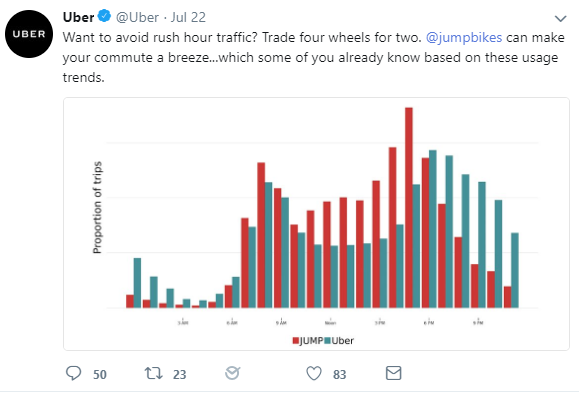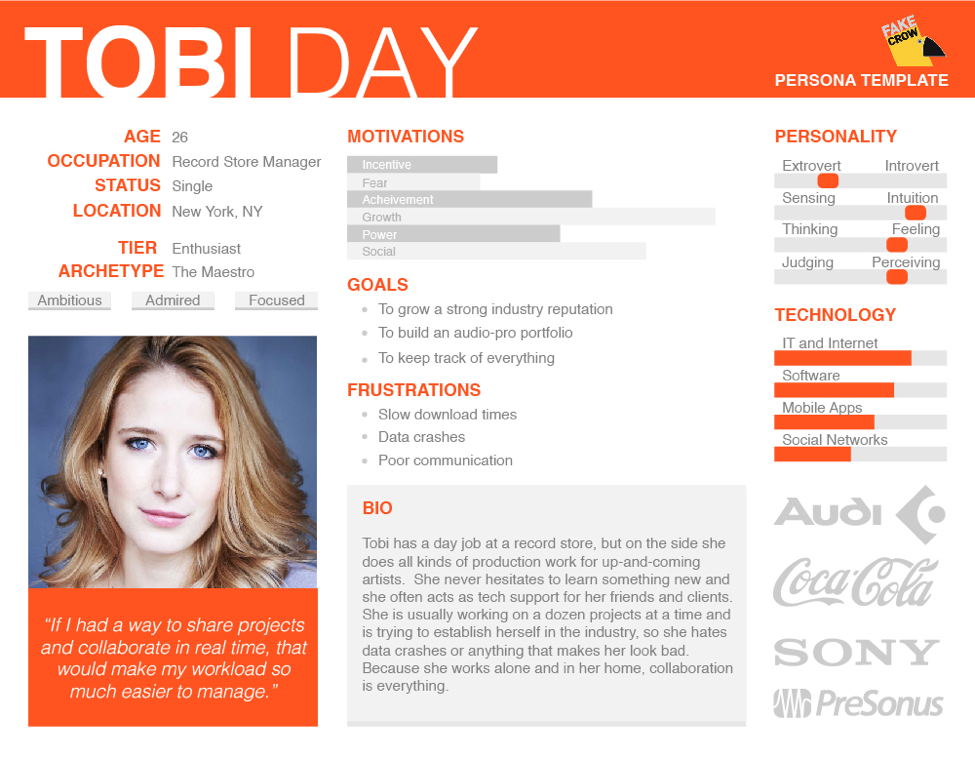Spend Less Sell More - Focus Your Advertising for Better Results with Buyer Personas - Part One
In order to market effectively to your target audience, you first have to understand who they are and what they care about. What are their goals? What are they missing? How can they best be appealed to?
One effective tool for answering these questions is to construct a buyer persona. A buyer persona is a hypothetical customer built using real market data and research. This hypothetical customer can then be used to focus your advertising and product development to generate more valuable leads and customers.
In this article, we'll take a deeper look into this topic and, later, look at a few examples.
What Is a Buyer Persona?
How do we define a buyer persona? Well, let's start with this fact - one of the most crucial aspects of successful marketing is knowing your audience.
Buyer personas represent your ideal customer. They can include data points like customer demographics, behavior patterns, motivations, and more. Their purpose is to get you to think critically about your product and marketing and help you develop strategies to make them more palatable to specific demographics.
An effective buyer persona will ideally describe who this hypothetical customer is, what their goals are, and what problems they have. Businesses rarely have just one buyer persona - most businesses have several, each representing a unique segment of the population. If your product is something that several people will need to approve before buying, like an app or software program that an entire company will be using, you will need to construct buyer personas of people involved across the whole process. Since they'll each have different expectations and concerns for your product, multiple customer profiles will need to be devised.
The idea is to identify the needs and problems of your persona in order to offer your own solutions. Stan the millennial software engineer will have much different interests than Kevin, the middle-aged father and construction worker.
Buyer personas are also sometimes called marketing personas or customer profiles. But either way - their purpose is to help you get in the minds of your audience.
Why Is Creating a Buyer Persona Important?
"I'm pretty sure I understand my audience just fine," you might be saying. "Why does all of this matter?"
Every part of the customer experience should be tailored to the needs of your audience, from the top of your funnel to the bottom. The point is to present to the customer what they need, not just what you do. Building trust with your audience is essential - what better way to do that than by demonstrating that you've taken a real interest in their problems? Once you understand these problems, building a campaign to address them is that much easier.
A personalized campaign can drive up to 18 times more revenue than a more generic one. The importance of centering your content on the needs of your customers, then, is obvious.
One size doesn't fit all - not everyone is going to be interested in your product for the same reason, or have the same challenges and goals. Your buyer personas will allow you to paint different sections of your audience in broad strokes, so that making these distinctions is that much easier.
How Businesses Use Buyer Personas
Buyer personas help you create content that more effectively appeals to your audience. Constructing multiple personas helps you reveal ways you can segment your audience to further personalize this content. Instead of sending the same ads and special offers to everyone on your mailing list, you could assign different people ads by their general buyer persona, and tailor each message accordingly.
It's fairly easy to spot businesses that know their buyer personas well - they'll usually have a high rate of engagement with their target audience, with a clear understanding of what appeals to them.
The American car-sharing company, Zipcar, is one such company. Their ideal buyer persona is clearly well-off, adventurous, urban-dwelling millenials, and their advertising reflects this.
Check out an example from Zipcar's Twitter account:

This tweet, targeted at a millenial audience, speaks to the interests of their ideal buyer persona - portraying a hip, adventurous young man in some mysterious locale, implying what might be in store for their audience if they gave Zipcar a chance.
But that's more of a general marketing example - let's take a look at how a company might have used a buyer persona to address a specific issue among their audience. Check out this tweet from Uber:

Uber was able to identify a common annoyance many of their customers have probably had to deal with when using their service - getting caught in rush-hour traffic. After identifying this issue, they were able to take steps to address these concerns by acquiring a bike-sharing program.
It might not even be a universal complaint - not everyone who uses Uber lives in a large city with major traffic issues, for example - but it does show how segmenting your audience can help you create marketing content that's more appealing to certain groups.
This is what building buyer personas allows you to do - to collect information on how you can improve the experience of using your product for your customers.
Collecting Research
When you're constructing a buyer persona, it's important that it resembles a real segment of your audience as closely as possible. This means that conducting extensive research is key. Your buyer persona could be incredibly detailed right down to favorite color and beer preference, but it wouldn't matter if it doesn't reflect actual people.
There are lots of ways to conduct this necessary research, including:
- Taking surveys of your current customer base.
- Examining how your competitors interact with their customers online.
- Looking through your contacts database to discover how customers are finding your content.
- Working closely with your sales team, asking them which leads they tend to interact with most and which customers actually end up making the purchase
- Also working closley with your account management team, asking them which current customers are most likely to make repeat purchases, derive the most value from the product and/or are least likely to churn (quit a subscription).
If you really want to get into the finer details, though, you'll likely have to conduct one-on-one interviews with customers. This is a little bit trickier and will require asking the right questions to the right people.
Finding Interviewees
To build your buyer persona, you need to have a high degree of understanding of your audience. The only way to get to this point is, well, to talk to them. There's a few different ways to collect interviewees for this process - here's a few options to consider:
1. Current Customers
The most obvious group to interview is the people who have already engaged with your business. Learning what attracted them to your product is an essential component of building your buyer persona. At least a few of your customers are likely to have some traits or problems in common.
You can reach out to satisfied customers and ask what they liked about your product - but you may even want to consider reaching out to customers that weren't happy with it. Their dissatisfaction may be caused by a common factor in the nature of their business model or company culture that you could address in a later version of your product (or learn to avoid that profile of customer all together).
Many customers will like having their voices heard - the opportunity to have an effect on the development of the product or service that they use may be enough of an incentive for them to grant you an interview. This interview may also have the pleasant side effect of increasing their loyalty to your company, since it demonstrates that you're willing to listen to them and take their suggestions to heart.
2. Current Leads
Depending on where you're at in marketing your product, you may already be sitting on a great resource for interviewees - your current leads or prospects. It will be easier to reach out to them, since you already have their contact information.
You may need to offer some incentive for them to do so, however. Since they're not actual customers yet, you may not have the trust necessary for them to give you an interview. Or they might simply not feel like it unless there's something in it for them. Something as simple as a gift card or exclusive offer can give them incentive enough to give you an opportunity to collect the necessary information.
3. Third-Party Services
You may want to cast for interviewees even further away from your company, searching outside your established lists of customers or leads. You can use Craigslist or other similar sites to find these people in your area. Though they will no doubt require greater incentive than the interviewees listed above, you may find in them a valuable perspective in building your buyer personas.
How Many People Should I Interview?
The answer to the question of how many people to interview varies - you will probably require several per buyer persona you're constructing.
You want to gather enough information that you can start to identify patterns between your various interviewees. Once you do that, you can make predictions about what sort of challenges they face in their day-to-day lives.
There's no right or wrong answer - but interviewing enough people to start pulling out patterns (then validating those patterns) is key. It will help you define your roadmap for your company and make sure that you're providing maximum value for your current and prospective customers.
What Information to Gather
So, you've secured your interviewees, you're ready to survey your customers, and you're working closely with your sales team to find information (or if you're a solo founder you're thinking through this yourself!). But what kind of information are you looking for, anyway? To build a buyer persona, you're going to want to know details about your customers that pertain to how they interact with your product. These details include:
Job Details
- Job title
- Industry
- Size of company
Background
- Personal background, if appropriate (gender, age, marriage status, household income, etc.)
- Educational background (level of education, schools, subjects studied)
- Professional background (career path, previous jobs)
- Location
Role
- Responsibilities at company
- What a typical day looks like
- Skills, knowledge, and tools required for job
- Who reports to them/who they report to
Goals
- What doing their job successfully means
- What they hope to do better
- How you can help them reach these goals
- If they currently use your product - how do they use it
- Why did they choose your product and did they compare it with others? If so, what stood out to them?
Issues
- Biggest challenges to success
- How you can help them resolve these challenges
It's important to keep in mind that you should be paying attention to what they tell you about the challenges of their day-to-day lives, not to try to fit them into your preconceived notions of what they might be. The point is to improve your overall customer experience, not to prove your product is already great at addressing their concerns.
Example
Now that we know what data points to look for, let's take a look at an example. Check out this sample buyer persona from ClearVoice:

This one includes everything we've talked about above - demographic and business information, professional goals, challenges, and strategies. Once ClearVoice had that information, it was much easier for them to prescribe a solution, and develop a strategy on selling that solution to the customer.
Check out another example, this time from Marketing Insight:

You can see here that they've developed even more detailed metrics to evaluate their personas, including archetypes, knowledge levels, and personality spectrums. They've also included a quote from the customer, which we highly recommend, since they can provide a helpful visual aid to identify the persona's main problem.
Your buyer personas can be as detailed or as general as you want them to be. Some businesses will need a high degree of detail about the individual customer, while others might need the same amount of detail for their overall business rather than the people individually. It's up to you to decide what would be the most helpful.
Conclusion
You can't target your product to address the challenges of your customers if you don't know what those challenges are. Building buyer personas helps you identify which types of people have what types of problems, and how your business could best situate itself to deal with them in an individual, personalized way.
With a little time and effort, the many benefits of constructing buyer personas could be yours.